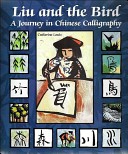
This innovative book combines the story of Liu, who goes off to visit her grandfather, with a rebus-style look at the evolution of the Chinese written language from pictures to modern calligraphy characters.
Material appropriate for intermediate age groups

This innovative book combines the story of Liu, who goes off to visit her grandfather, with a rebus-style look at the evolution of the Chinese written language from pictures to modern calligraphy characters.
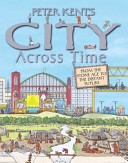
This book illustrates the evolution of an imaginary European city from the Stone Age to the distant future.
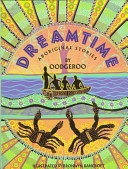
An Australian Aboriginal writer reminisces about her childhood on Stradbrooke Island off the Queensland coast, communicates her pride in her heritage, and presents a collection of traditional Aboriginal folklore.
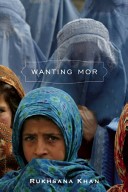
Jameela and her family live in a poor, war-torn village in Afghanistan. Even with her cleft lip and lack of educational opportunities, Jameela feels relatively secure, sustained by her Muslim faith and the love of her mother, Mor. But when Mor dies, Jameela’s father impulsively decides to start a new life in Kabul. Jameela is appalled as he succumbs to alcohol and drugs, then suddenly remarries, a situation that soon has her a virtual slave to a demanding stepmother. After she’s discovered trying to learn to read, Jameela is abandoned in a busy market, eventually landing in an orphanage run by the same army that killed so many members of her family. Throughout it all, the memory of her mother sustains her, giving Jameela the strength to face her father and stepmother when fate brings them together again. Inspired by a true story, and set in a world far removed from that of Western readers, this powerful novel reveals that the desire for identity and self-understanding is universal.
Take a closer look at Wanting Mor as examined in WOW Review.
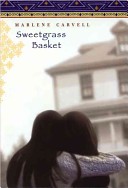
In alternating passages, two Mohawk sisters describe their lives at the Carlisle Indian Industrial School, established in 1879 to educate Native Americans, as they try to assimilate into white culture and one of them is falsely accused of stealing.
Featured in Volume I, Issue 3 of WOW Review.
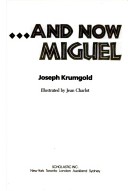
Miguel, the middle child of the Chavez family, lives near Taos, New Mexico, and longs to go with the men of his family to the Sangre de Christo Mountains.

The last thing the class expects when they go back to school is for their new teacher to be old! And then he gives them a goofy present-a book of coupons: one coupon for skipping school for a day; one coupon for not listening in class; one coupon for singing at the top of your lungs whenever you like. The list goes on! What is this wrinkly old teacher trying to do, get everyone in trouble? Susie Morgenstern follows up her award-winning book Secret Letters from 0-10 with a thoughtful, funny, and very original book that once again shows children that life is for the living.
When Jeffrey Lionel Magee, a twelve-year-old kid, wanders into Two Mills, Pennsylvania, a legend is in the making. Before too long, the stories begin to circulate about how fast and how far he can run, about how he knocks the world’s first ever “frogball” for an inside-the-park-home run bunt, and more stories that earn him the nickname “Maniac”.
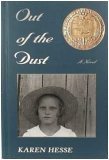
In a series of poems, fifteen-year-old Billie Jo relates the hardships of living on her family’s wheat farm in Oklahoma during the dust bowl years of the Depression.